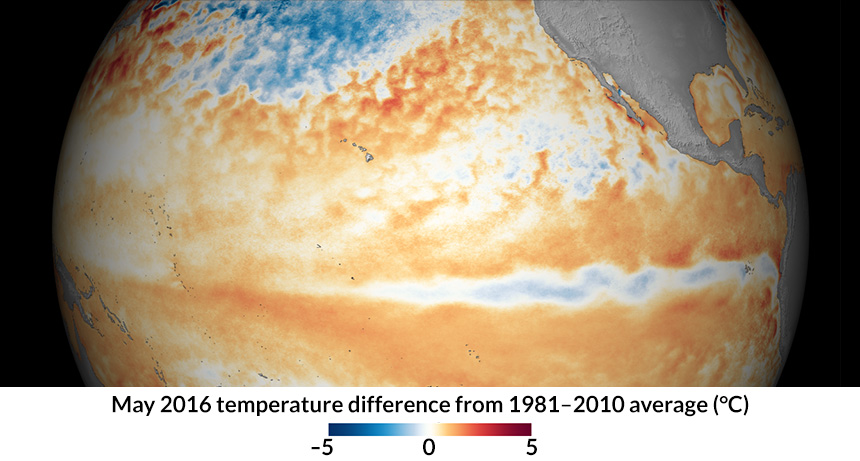
The ‘super’ El Niño is over, but La Niña looms
Science News, June 2016The 2015–2016 El Niño, one of the three strongest on record, is officially dead in the water.
Adapted for Science News for Students.

The 2015–2016 El Niño, one of the three strongest on record, is officially dead in the water.
Adapted for Science News for Students.

A new technique turns climate-warming carbon emissions to stone. In a test program in Iceland, more than 95 percent of the carbon dioxide injected into basaltic lava rocks mineralized into solid rock within two years. This surprisingly fast transformation quarantined the CO2 from the atmosphere and could ultimately help offset society’s greenhouse gas emissions, scientists report in the June 10 Science.
Adapted for Science News for Students.

The biggest ice shelf collapse on record was set in motion years earlier than previously thought, new research reveals. Analyzing declassified images from spy satellites, researchers discovered that the downhill flow of ice on Antarctica’s Larsen B ice shelf was already accelerating as early as the 1960s and ’70s. By the late 1980s, the average ice velocity at the front of the shelf was around 20 percent faster than in the preceding decades, the researchers report in a paper to be published in Geophysical Research Letters.
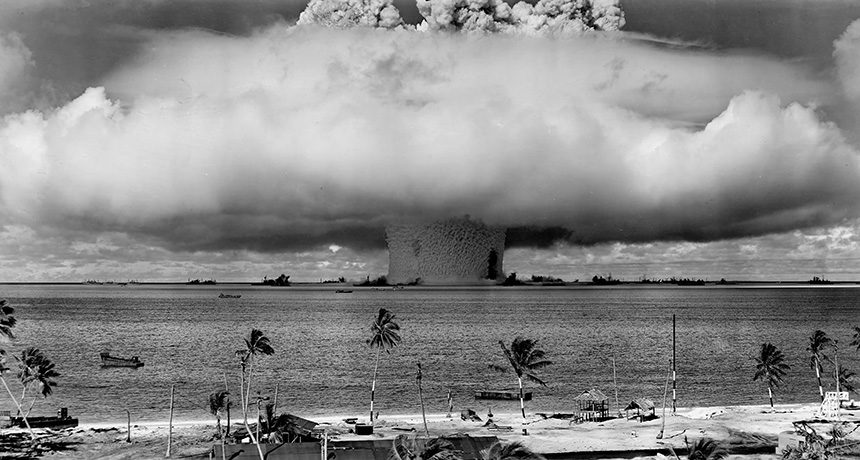
Radiation from the 23 nuclear tests conducted near Bikini Atoll in the 1940s and ’50s has lingered far longer than previously predicted.
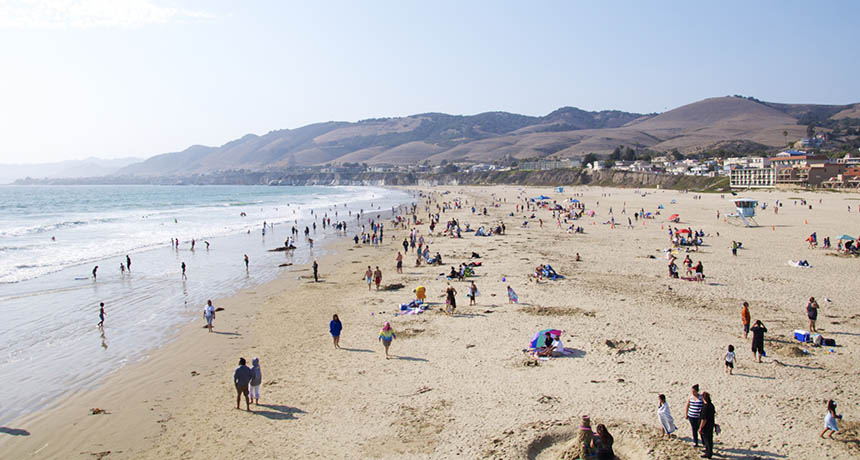
Americans have climate change to thank for a decades-long spate of milder winters. Around 80 percent of U.S. residents live in counties where the weather has become more pleasant over the last four decades (see map). That trend won’t last, however: Researchers predict in the April 21 Nature that 88 percent of Americans will experience noticeably worse weather by 2100 than they do today.
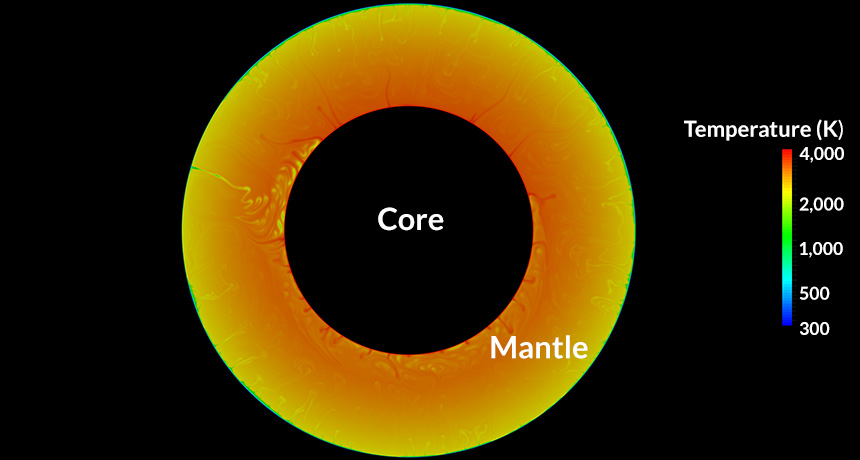
Earth’s plate tectonics could be a passing phase. After simulating rock and heat flow throughout a planet’s lifetime, researchers have proposed that plate tectonics is just one stage of a planet’s life cycle.
Reprinted by Tech Insider. Adapted for Science News for Students.
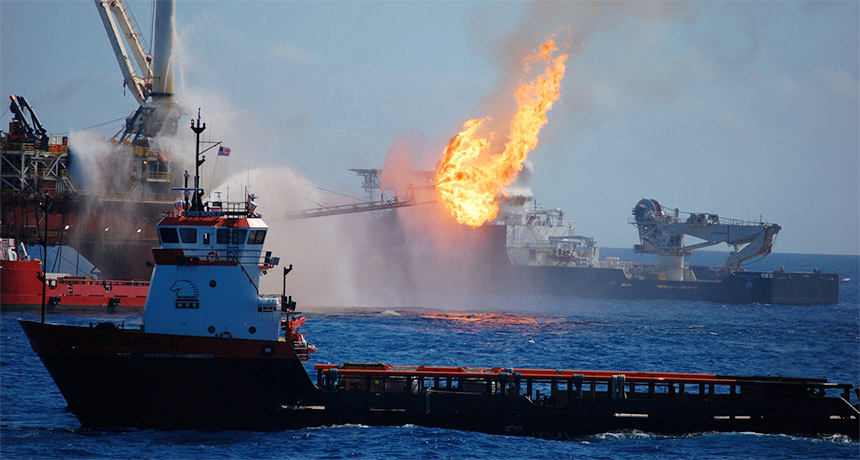
A “dirty blizzard” bombarded the Gulf of Mexico seafloor with pollution from the 2010 Deepwater Horizon oil spill for months after workers sealed the leak, new research shows.
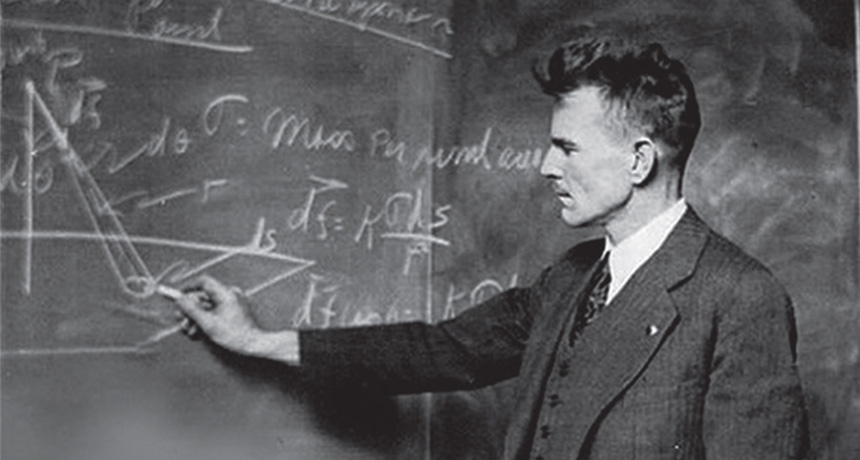
In the 1950s, long before the climate change debate began, geophysicist Marion King Hubbert presented research that made the oil industry queasy. Society needed to quickly wean itself off its dependence on oil, he concluded, or face dire consequences. Hubbert’s argument wasn’t motivated by the global climate impacts of fossil fuel burning, but rather by a bold prediction that U.S. oil production would soon peak and quickly taper off.
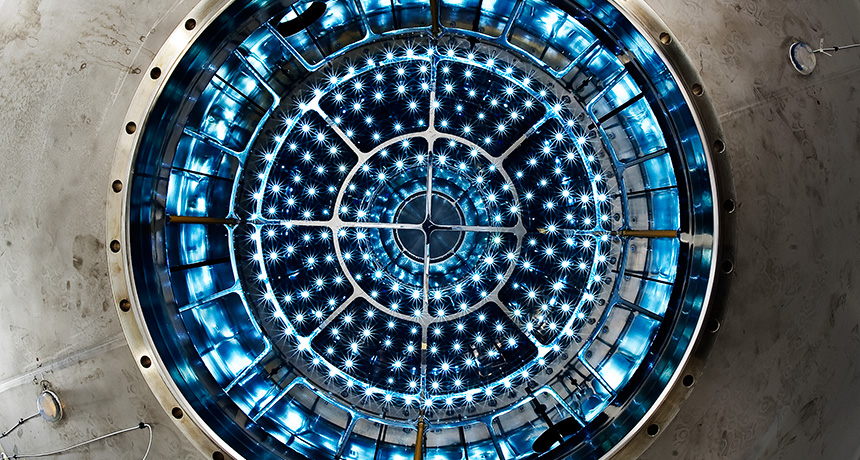
The cooling effect of pollution may have been exaggerated. Fossil fuel burning spews sulfuric acid into the air, where it can form airborne particles that seed clouds and cool Earth’s climate. But that’s not the only way these airborne particles can form, three new studies suggest. Tree vapors can turn into cooling airborne particles, too.
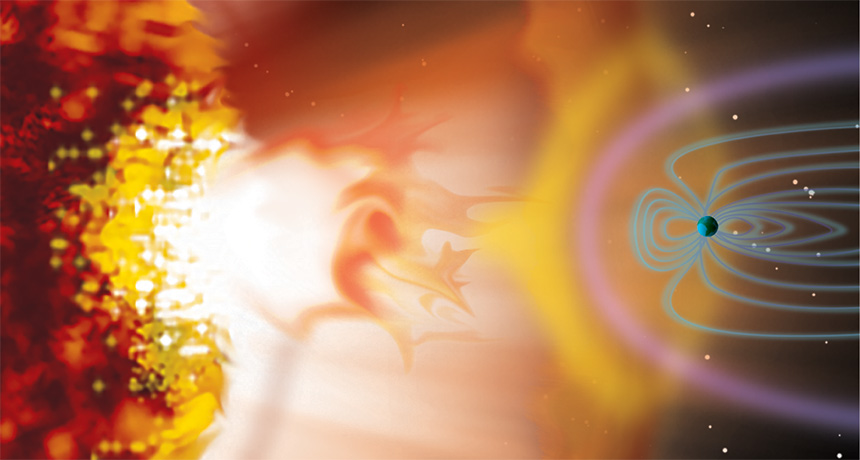
Solar outbursts may have supplied early Earth with the right stuff for life. Based on telescope observations of young sunlike stars, researchers estimate that “super” solar flares bombarded Earth with energetic particles at least once a day around 4 billion years ago. Collisions between the particles and molecules in Earth’s atmosphere produced nitrous oxide, a planet-warming greenhouse gas, and hydrogen cyanide, a crucial component for building DNA, the researchers propose May 23 in Nature Geoscience.